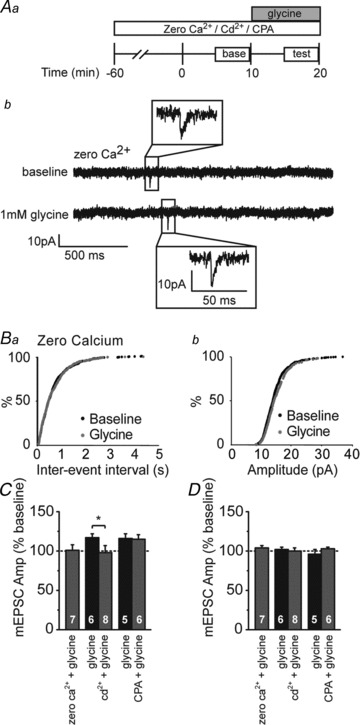Figure 5. Glycine-dependent neurotransmitter release requires Ca2+ entry through VGCCs.

Aa, schematic of experimental design. Antagonists (Cd2+ or cyclopiazonic acid (CPA)) or a nominally Ca2+-free bath solution (zero Ca2+) were applied 60 min prior to the start of whole-cell recordings. After a 10 min baseline period, glycine was applied for 10 min. Ab, example whole-cell recording from a L2/3 pyramidal cell bathed in zero Ca2+ ACSF depicting miniature excitatory postsynaptic currents (mEPSCs) recorded at baseline and during bath application of 1 μm glycine. B, cumulative probability distributions of mEPSC frequency (Ba) and amplitude (Bb) following glycine application (1 μm); glycine had no effect in zero Ca2+ ACSF. C, averaged normalized mEPSC frequency demonstrating pre-incubation in zero Ca2+ ACSF containing the calcium chelator EGTA (3 mm) prevents glycine facilitation. Inclusion of Cd2+ (200 μm) in the ACSF also prevents glycine facilitation of mEPSC frequency. CPA (30 μm) incubation has no effect on glycine enhancement of mEPSC frequency. Asterisk denotes significance (P < 0.05). D, averaged normalized mEPSC amplitude; no significant changes were observed with any of the pharmacological manipulations. Sample sizes in C and D are given within the bars. The mEPSC frequencies and amplitudes were normalized to the averaged baseline levels before glycine application.
